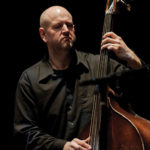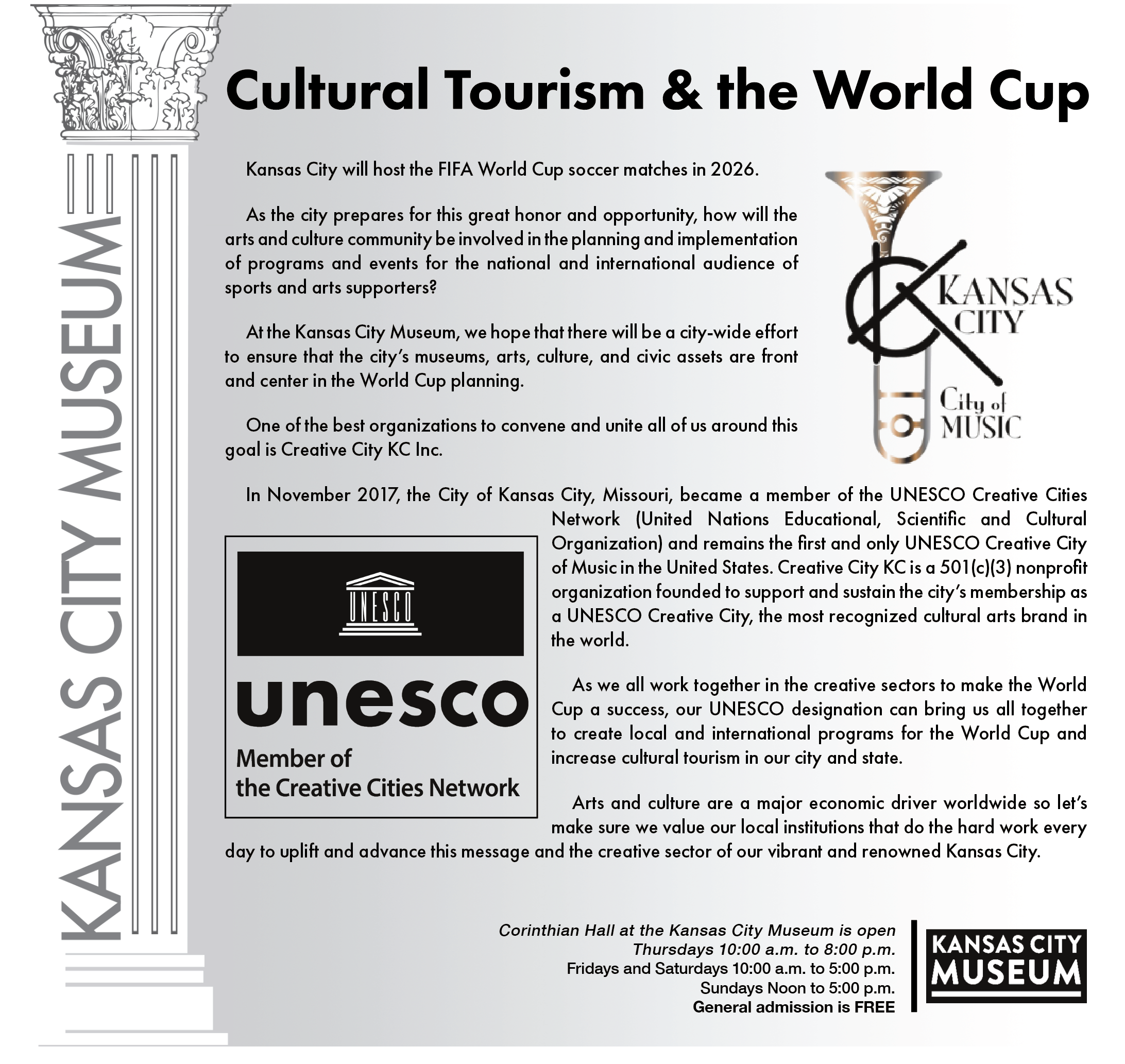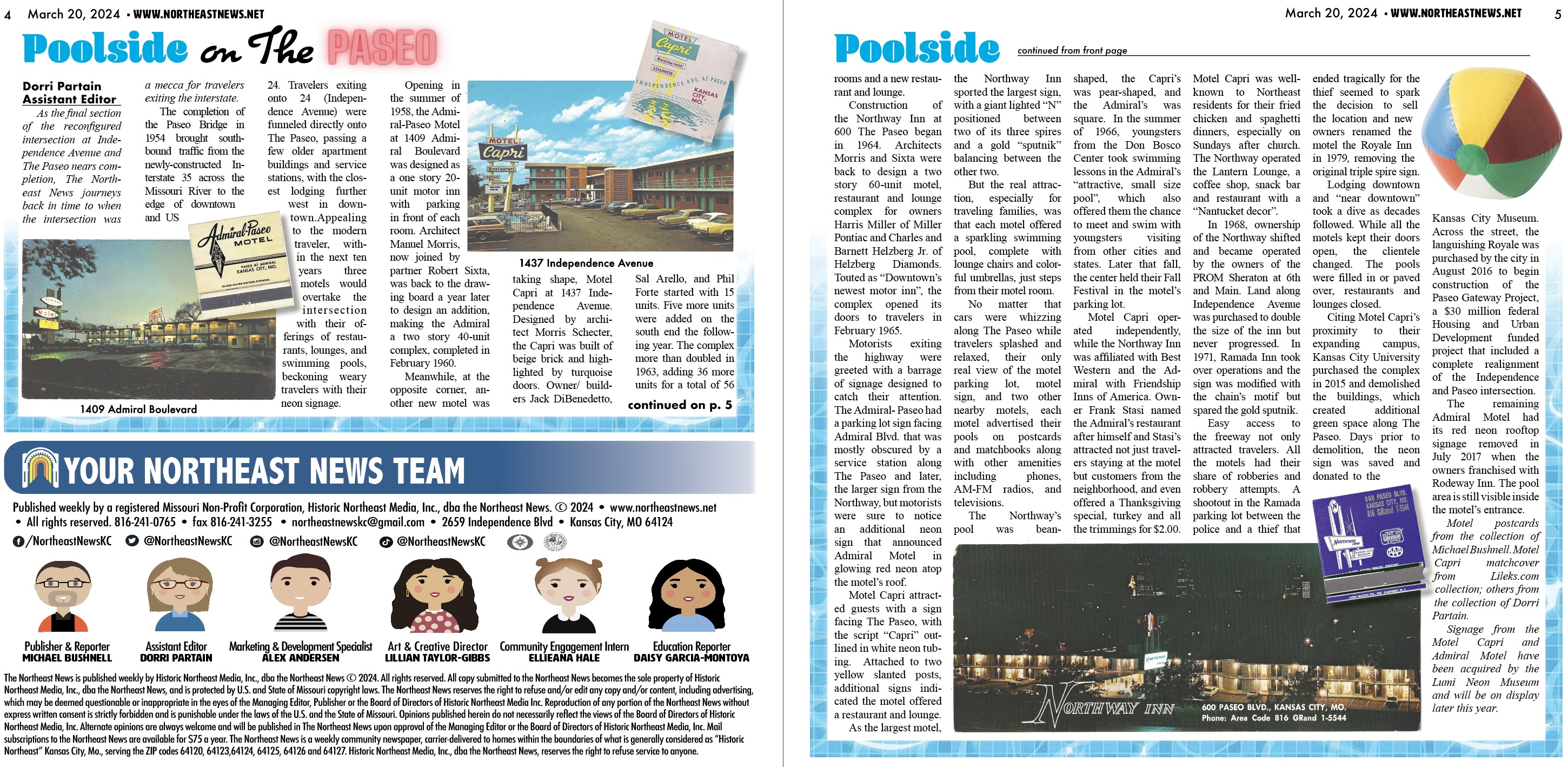

Marissa Baum
Bill McKemy
Special to Northeast News
The month of March has long been set aside to celebrate the contributions of women in jazz. And while there is undoubtedly much to celebrate, the fact that a single month is set aside for women leaves us to consider the status of half the world’s population within the genre, over the remaining eleven months.
Over its 20 year history, AJM has assembled a vast collection of oral histories, garments, photographs, awards, programs, contracts, and other materials from local and national female artists. What illumination do the stories of Kansas City’s most influential jazz women bring to this conversation of parity (or lack thereof)?
Born in 1910, Mary Lou Williams was a child prodigy on the piano. She performed and toured by age 12 with one of Duke Ellington’s early small groups. She married saxophonist John Williams in 1926 and followed him to Oklahoma City when he joined Andy Kirk’s Twelve Clouds of Joy. Although she didn’t initially have a spot in the group, Williams quickly showed her worth at the piano and more importantly as a composer and arranger, providing Kirk with many of his most successful hits.
Eventually settling in New York, Williams worked as a freelance composer and arranger for Benny Goodman, Earl Hines, and Tommy Dorsey during the height of the swing era. Although she was a mentor to Dizzy Gillespie, Thelonious Monk and Bud Powell at bebop’s inception in the 1940s, her arrangements stand as the most innovative of their time.
Williams’ arrangements captured the rough and raw riff blues styles of the Kansas City jam session and elevated it to high art, lending polish and precision without losing their inherently improvisatory spirit.
Melba Liston (January 13, 1926 – April 23, 1999) was a native of Kansas City, MO and first made her mark as a trombonist in big bands with many of the most significant names in jazz like Quincy Jones, Ray Charles, and Charles Mingus. Liston also found her unique voice and made her most significant contributions as a composer and arranger.
Her work with pianist Randy Weston on the albums Uhuru Africa (1961), Highlife (1963) and Tanjah (1973) expanded the rhythmic and timbral palette of the big band genre. But more so, Liston’s work places Afrocentrism front and center within her redefined concept of what big band jazz could be.
In April of 1997, the Top Ladies of Distinction, Inc., a non-profit educational, humanitarian organization founded in Texas in 1964, awarded Melba the “Status of Women Award.” The Los Angeles chapter recognized Melba as both “Trombonist and Arranger” for “her Commitment ‘Beyond Category’ Stated The Late Duke Ellington” This prestigious award was on display as part of Legacy Plays On: 20 Years of the American Jazz Museum.
Ella Fitzgerald (April 25, 1917 – June 15, 1996) was the first prominent female leader of an otherwise all-male big band in 1939. She was also one of the most prolific and beloved singers of the twentieth century.
In February 1957, Playboy magazine ran a poll that empowered readers to crown top jazz artists with a new honor. Twenty thousand ballots were cast in the inaugural survey, and and the Playboy Jazz Poll became a staple of the magazine. Later, Ella headlined at Hefner’s 1959 Playboy Jazz Festival, the first American indoor jazz festival, drawing more than 68,000 fans.
One of Ella’s many Playboy Jazz Poll medals is here in AJM’s collection, and serves as a tangible link to her impact on the genre. With that said, it’s undeniable that Ella’s accolades and memory are almost entirely aligned with her vocal talents, not as a band leader.
What do these women have in common beyond the obvious? Whatever barriers they encountered, they smashed. Limitations destroyed. Glass ceilings shattered. But then what? They broke through as individuals but it didn’t change the culture they emerged from.
So where does this leave us as we celebrate Women in Jazz in 2019? Unfortunately, with more questions than answers. Is there something about jazz or improvising that is inherently masculine? Is this what the audience wants (or expects)? As AJM continues to collect and preserve the history of jazz, and invest in the future of the art, how do we help work towards the reappearance of female instrumentalists in jazz ensembles?

















